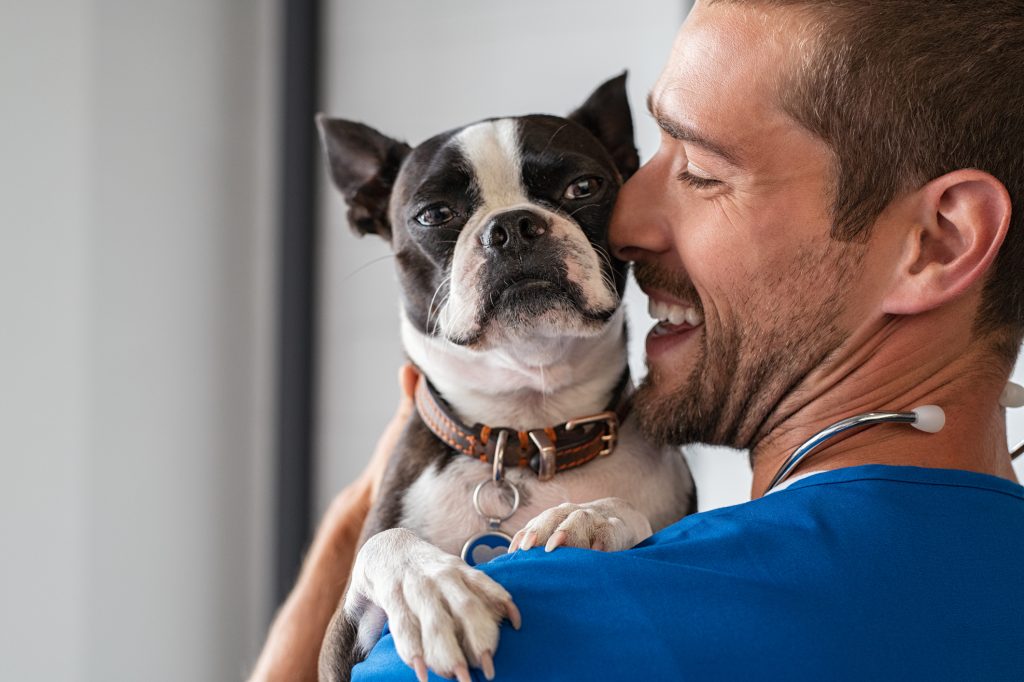Resources
Prof Viguier and Dr Buttin overview of the ligament products
STABILITY-VERSATILITY-RECOVERY
The 1980s saw a growing enthusiasm for synthetic material ligament reconstruction, by the 1990s the popularity of artificial implants had declined due to high failure rates. The ligaments of the first generation were extremely brittle, ruptured early, shed lubricants or were not resistant to abrasions causing synovitis. Although the newer synthetic ligaments of the second generation were a marked improvement over the previous ones, they also caused early failures due to a lack of tissue in-growth and low resistance to abrasion and fraying.
The Vetlig ligament represents a fourth generation synthetic ligament. It incorporates a design, which takes into account the causes of earlier synthetic ligament failures, it has been developed with a more accurate understanding of the functional anatomy of joints, muscle-tendon units and ligaments.
It is the most advanced non-biological soft tissue treatment option. It gives immediate strength, optimised function, conservative anatomical restoration and rapid recovery.
It has been designed by a human orthopaedic surgeon in collaboration with vets worldwide and the whole company has over 25 years experience in human and veterinary orthopaedics.
Construction
The ligament is made from UHMWPE (ultra high molecular weight polyethylene) fibre in contrast to previous generation synthetic ligaments; these are extensively treated to remove residual processing aids, which were found to inhibit soft tissue in-growth, providing a more fibroblastic friendly environment.
Vetlig reflects a fourth generation of ligament design
The structure allows high resistance to fatigue, especially in flexion, as well as providing a porosity favouring fibroblastic ingrowth, which then isolates the synthetic fibres.
Regardless of the tissue or implant used for cruciate reconstruction, all are avascular at the point of implantation; this is why preserving any native remnants encourage fibroblastic in-growth and graft remodelling without compromised mechanical strength during the initial healing phase. There is clinical evidence supporting the applications.



Stability
- Providing immediate strength and stability to the repair
- 8000 newtons for a 8000 fibre ligament, 4000 Newtons for a 4000 fibre ligament, 2000 Newtons for a 2000 fibre ligament.
- No ligamentisation period
- Fixation with titanium interference screws or suspensory device
Versatility
- Can be used open or arthroscopically
- Stifle, patellar, achilles, shoulder hip and tumour applications
- Conservative anatomical restoration
- Refined surgical techniques and instrumentation
Recovery
- Faster rehabilitation and return to activity
- Conservative approach, no altering of the biomechanics of the knee
- Early mobilisation
- Novel fibre treatment process facilitates excellent tissue in-growth
- Cryotherapy & compression braced use, post cruciate surgery is strongly recommended.
Get in Touch
Find out more about how your patients or pet can benefit from Vetlig products:
